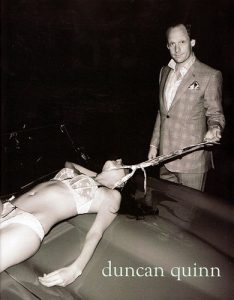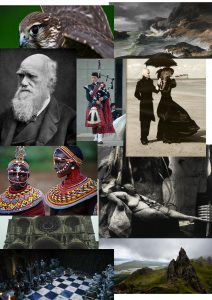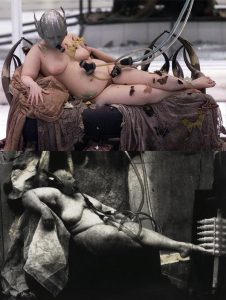I have chosen to discuss the text ‘Taste, Fashion and the French Fashion Magazine’ by Sanda Miller which explores the development of the fashion magazine and its influence on society as well as how it was influenced by society and current affairs, with Miller describing them as ‘most truthful mirrors of their time’.
She discusses ideas around the intertwining of the concepts of ‘fashion’ and ‘taste’ and how the fashion magazine potentially shaped the ‘taste’ of society and was an influencing factor for what was ‘good taste’ or what was ‘bad taste’.
Sanda Miller discusses how the Fashion magazine was thought to have first come about in seventeenth-century France under the reign of Louis XIV but really gained its ‘wider intellectual profile’ in the 18th Century with the rise of the Enlightenment.
This is because the Enlightenment was a philosophical, cultural and intellectual movement spread throughout Europe, radically transforming people’s views on both science and the arts. People started to think for themselves and as a result of this develop their own opinions and ‘taste’. The German Philosopher Immanuel Kant summarised the Enlightenment period with the words ‘Dare to be wise! Have courage to use your own understanding!” (1) (Kant, 1784)
With regards to art, the emphasis began to be placed on the psychological and philosophical meaning behind the work rather than judging it purely on its aesthetic.
Following this deeper appreciation of the arts came the development of the Art Critic and the founding of the Salons held at the Louvre. The Salons allowed the public to view art, boosting it’s status in society and making the arts a more relevant and present topic worthy of discussion and Art critics – such as Diderot- paved the way for this as they helped the public access the meaning behind the art on display.
Miller argues that just as art critics like Diderot shaped public’s opinion on art as they wrote their reviews on it- putting across their own opinion formed upon personal taste of artwork displayed on the salons, the fashion magazines also became ‘more than mere repositories of taste; rather, they prescribe it.’. By this I think she means that fashion magazines begin to deeply influence society’s opinion on what was fashionable at the time- just as I think they do today. I agree with this as I think we are all deeply influenced by what we see in fashion magazines and media, even if may be on a subconscious level. This is accurately conveyed by Jukka Gronow in the article ‘Taste and Fashion: The Social Function of Fashion and Style’- ‘In the classical European humanistic tradition, fashion was always thought to be antithetical to good taste’. (Gronow, 1993)
BIBLIOGRAPHY
- Kant, I (1784) An Answer to the Question ‘What is Enlightenment?’ (Penguin UK, Google eBooks 26 Sep 2013 )
- Gronow, J, (1993) Taste and Fashion: The Social Function of Fashion and Style (Published by: Sage Publications, Ltd.) https://www.jstor.org/stable/4200841




